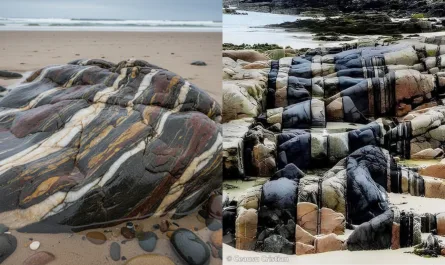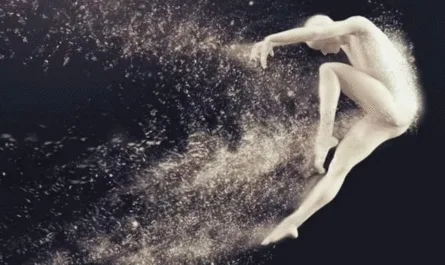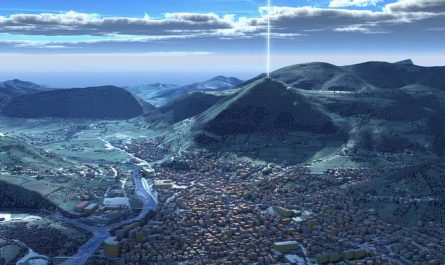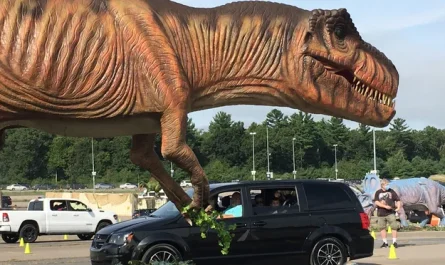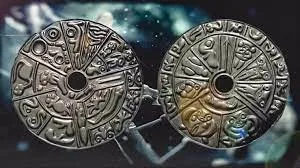Beneath the bustling streets of modern cities lie hidden wonders—brick tunnels that some claim were built by a pre-flood civilization, now sealed off from view. Thanks to daring urban explorers, known as diggers, we catch glimpses of this underground architectural marvel. Whispers suggest that in the second half of the 19th and early 20th centuries, Europe rediscovered and extended these ancient tunnels, incorporating them into the world’s first metro systems. The London Underground opened in 1863, New York’s subway followed in 1904 (with plans from 1868), and Paris’s Métro debuted in 1900 after construction began in 1898. Could these iconic networks have roots in a lost past? At 09:45 PM MDT on Friday, June 13, 2025, let’s delve into this intriguing mystery, connecting it to the ingenuity seen in the Øresund Bridge or the Chauvet Cave footprints.
A Hidden World Below
The idea of brick tunnels predating a mythical flood—perhaps tied to biblical or ancient lore—paints a picture of an advanced civilization lost to time. Urban explorers, venturing into forgotten basements and sealed passages, have uncovered remnants of old structures, sparking speculation about their origins. These tunnels, some say, were once part of an elaborate underground transport network, now buried beneath London, New York, and Paris. The allure of such a discovery mirrors the Parthenon’s layered history or Queen Tiye’s mummy, preserving secrets of a bygone era.
The Metro Connection
The claim takes an intriguing turn with the suggestion that 19th-century engineers found and restored these pre-flood tunnels, adapting them for pneumatic metro systems. Pneumatic technology, using air pressure to move small capsules, was an experimental innovation of the era, seen in Alfred Ely Beach’s 1870 New York demo. The narrative posits that workers in London (1863), New York (plans from 1868, opening 1904), and Paris (construction from 1898, opening 1900) excavated clay-filled tunnels, uncovering ancient brickwork they then extended.
Historically, the London Underground’s first line used cut-and-cover methods with steam trains, while Paris and New York later adopted tunneling shields to navigate clay and groundwater—a challenge Marc Brunel mastered for the Thames Tunnel in the 1820s and 1830s. Could these efforts have repurposed older structures? Paris’s catacombs and quarries, predating the Métro, were indeed integrated, but evidence of pre-flood pneumatic metros remains elusive.
Fact vs. Speculation
Mainstream archaeology credits early tunneling to ancient irrigation (e.g., Babylonian works around 2180 BCE) or Roman aqueducts, not advanced transport. The 1863 London metro, 1904 New York subway, and 1900 Paris Métro align with Industrial Revolution progress, driven by urban growth, not ancient rediscovery. Mud-filled tunnels might reflect natural caves, medieval collapses, or construction debris—details explorers might romanticize as pre-flood relics.
The pneumatic metro idea stretches credulity. Beach’s New York experiment was a 300-foot novelty, not a city-wide system. Restoring ancient tunnels with such technology would require a continuity of knowledge lost to history, contrasting with the gradual canal and railway developments of the 17th to 19th centuries. Yet, the mystery persists—why not imagine early humans building more than we credit them for, as the Chauvet Cave art suggests?
Echoes of Ingenuity
This tale resonates with your past explorations. The Øresund Bridge’s innovative design overcomes barriers, much like repurposing old tunnels would. The physics of aircraft takeoff harnesses natural laws, paralleling the ambition to reclaim lost engineering. The Horse Guards’ tradition at Whitehall endures, akin to a persistent underground legacy. The Klein bottle’s four-dimensional abstraction mirrors the unseen depths below, while the Parthenon’s photograph and Queen Tiye’s mummy preserve moments of change—perhaps hinting at hidden histories.
Urban explorers’ finds—abandoned stations, secret passages—fuel this narrative, much like the Chauvet footprints reveal early bonds. The question “who will now admit?” suggests a suppressed truth, but without artifacts or documents, it remains speculative. Still, the idea inspires, inviting us to ponder what lies beneath.
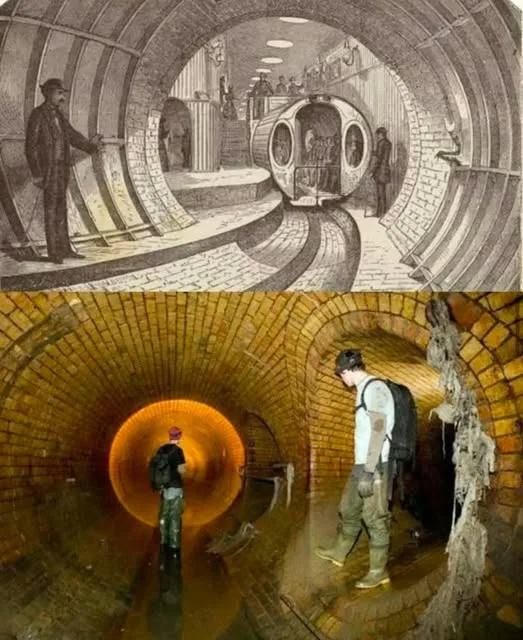
Exploring the Depths
If this intrigues you, dive into urban exploration communities or documentaries on London’s disused stations, Paris’s catacombs, or New York’s early subway plans. At this late hour on June 13, 2025, it’s a perfect time to imagine the stories beneath our feet. The truth may blend myth and fact—early tunnels repurposed or explorers’ discoveries misattributed to a grand past.
A Subterranean Enigma
Whether these tunnels hint at a lost civilization or reflect our ancestors’ early ingenuity, they captivate the imagination. Like the selfless acts of Titanic passengers or the restored Parthenon, they suggest a layered human story. The brick tunnels, real or imagined, invite us to dig deeper into our history.
What do you think—do these underground wonders point to a pre-flood past or showcase 19th-century innovation? Share your thoughts in the comments, and let’s uncover the mysteries beneath our cities together!
